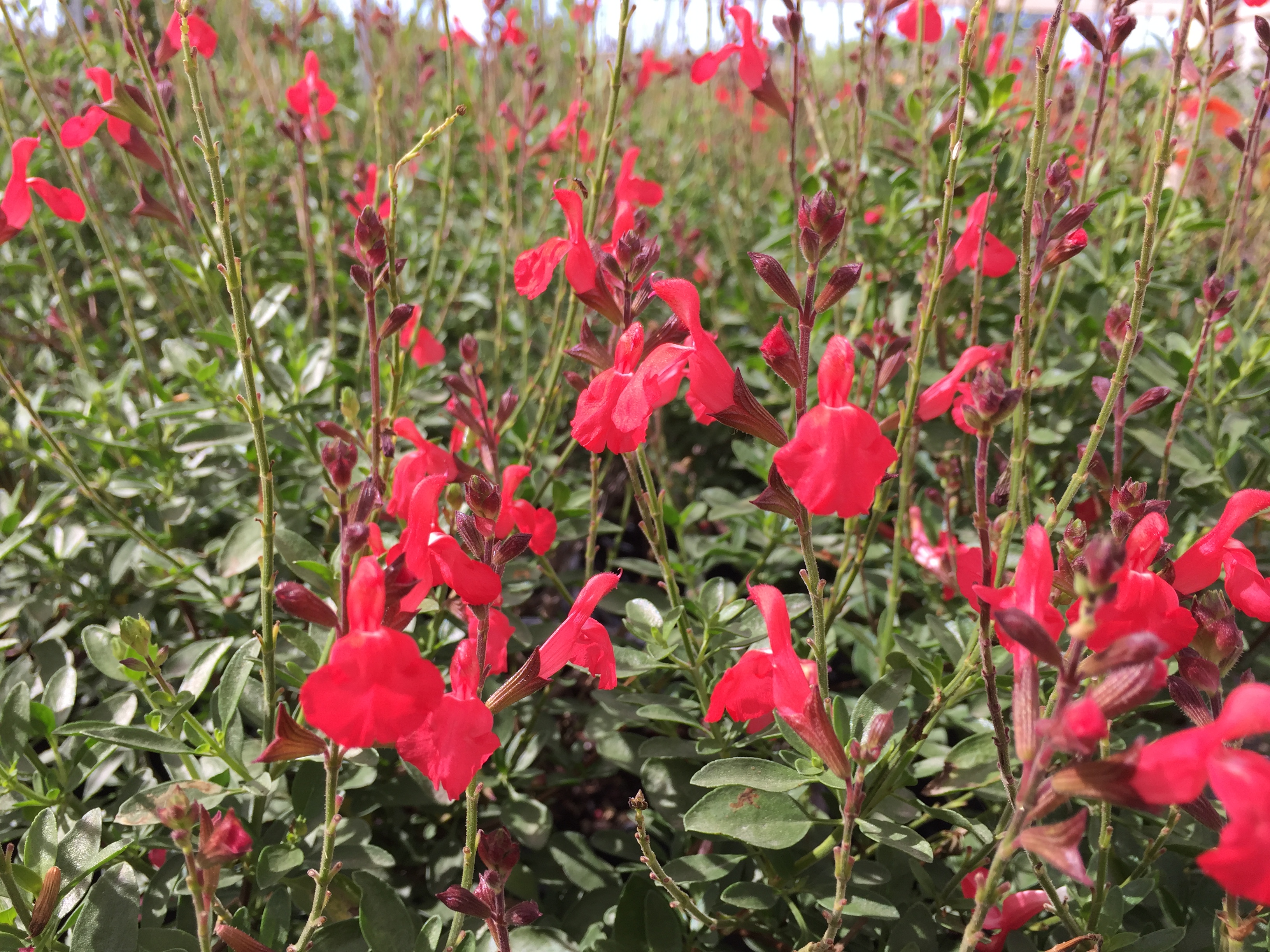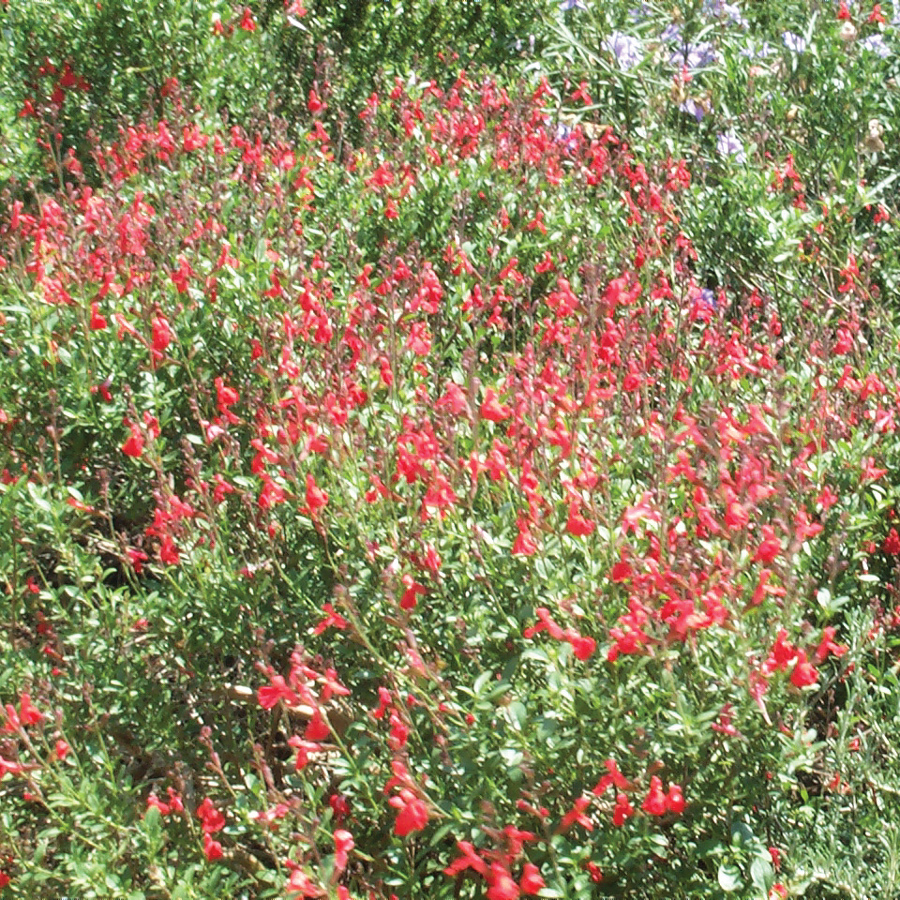

When perennial salvias go dormant, leave the stems intact. During the summer, remove the faded bloom spikes of salvias to encourage continuous flowering. For more information on preparing the soil for a perennial garden, see HGIC 1153, Growing Perennials.ĭivide perennial salvias in early spring when new growth begins. Many perennial salvias will grow well without supplemental fertility if sited in a well-prepared soil containing compost. Incorporate the fertilizer into the soil according to package instructions. In the absence of soil test results, apply a slow-release fertilizer formulated for annuals when planting annual salvias. For more information on submitting a soil sample for testing, see HGIC 1652, Soil Testing. For best results, amend the soil prior to planting according to the results of a soil test. The best time to plant salvias is in spring after the danger of frost is passed.

Most salvias prefer slightly acidic soils. Excessive water and fertilizer can increase fungal disease problems for salvias. Once established, most salvia species are quite drought-tolerant and require little care.

#Autumn sage plant full#
Most salvias prefer full sun and well-drained soils, but some will bloom well in part shade. Depending on the species, salvias range in width from 12 inches to 4 feet. Some species reach 5 to 6 feet within a season, while others grow low enough to be used along flower bed edges. The genus Salvia exhibits a wide range of forms and habits however, most species grow rapidly. Salvias are also deer and rabbit resistant due to their pungent foliage. One benefit of growing salvias is their appeal to hummingbirds, butterflies, and other pollinators. As some of the best summer-blooming annuals and perennials, salvias can be used for mass plantings, borders, containers, accents, and cut flowers. Salvias have brilliantly colored flowers, square stems, and attractive, often scented foliage. They provide an incredible variety of fragrance, bloom, plant habit, and color. Salvias (also known as sages) are popular garden plants because they flower for an extended period and do well in hot, dry conditions.

Joey Williamson, ©2007 HGIC, Clemson Extension Rosemary has recently been reclassified as a type of Salvia and is grown in a similar way to sage – for more about this popular herb, see our guide to growing rosemary.Mexican Bush Sage ( Salvia leucantha) flowers in autumn. Sage is also said to have many health benefits, and its botanical name Salvia derives from the Latin salvare meaning to heal. You can add chopped sage leaves to soups, pasta sauces, sausages, marinades and more. Sage has a robust, peppery flavour that can be used in many dishes, not just in traditional sage and onion stuffing. Other varieties offer different aromas and various flower and foliage colours. officinalis ‘Purpurascens’) with its attractive, dusky purple, year-round foliage. officinalis, including the widely grown purple sage (S. There are also many cultivated varieties of S. Its flowers are both ornamental and wildlife friendly, providing nectar for pollinating insects. It is hardy and evergreen, so keeps its leaves all year round, and can grow to up to 1m (3ft) tall and wide. It forms a mound of aromatic, downy, olive-green leaves and produces attractive mauve flowers in early to mid-summer. Sage, Salvia officinalis 'Icterina'Common sage ( Salvia officinalis) is the standard culinary sage. RHS Flower Show Tatton Park - 17-21 July 2024.RHS Hampton Court Palace Garden Festival - 2–7 July 2024.Malvern Autumn Show - 22-24 September 2023.


 0 kommentar(er)
0 kommentar(er)
